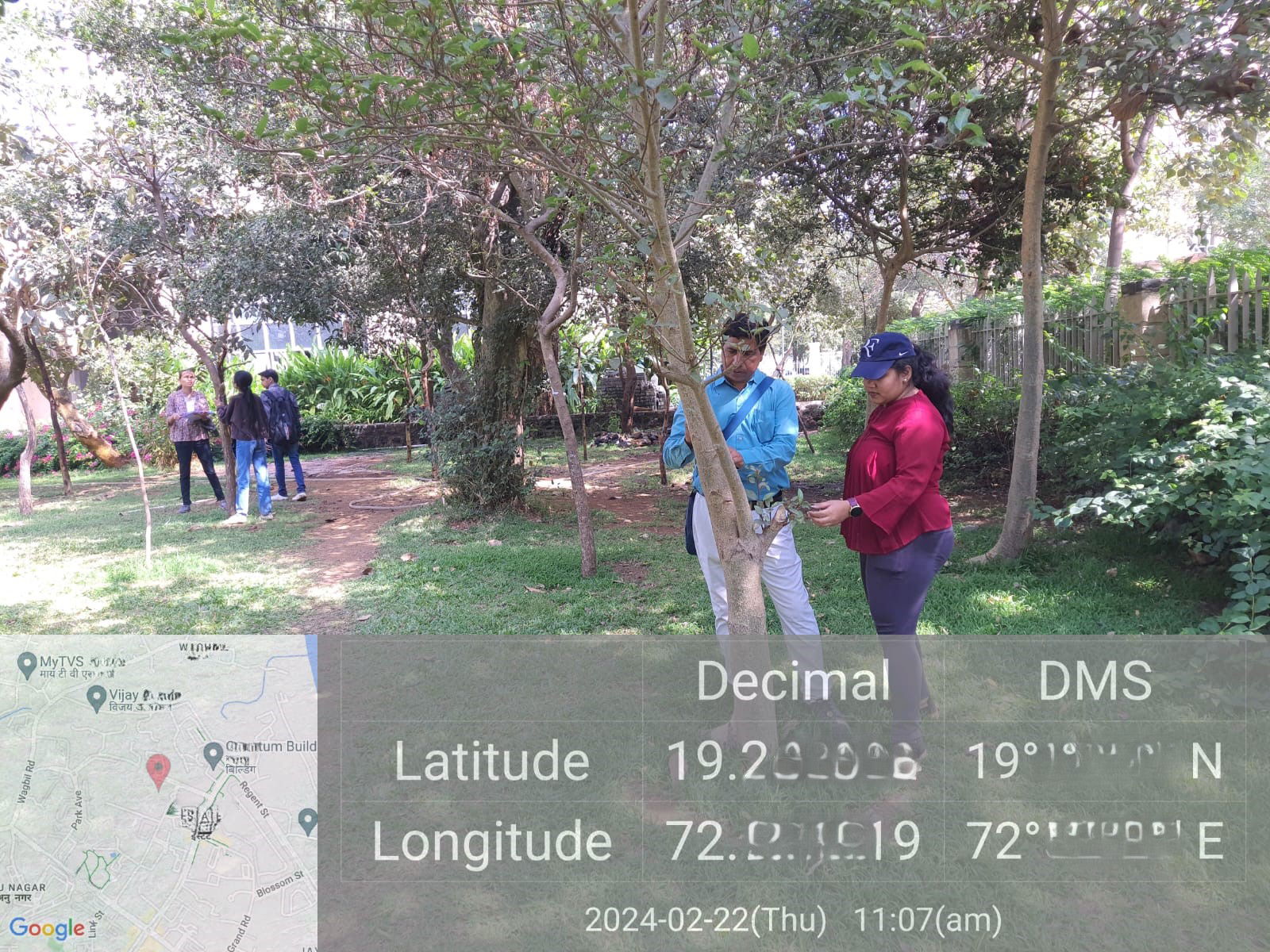[10:00 AM, 14/08/2024] Surendra Kumbhar
Introduction
Given the increasing global awareness of environmental concerns, tree populations, and carbon sequestration have become much more important to understand. When the tree census and carbon sequestration analysis are performed, it gives clues on the health of trees in that area as well as whether there are various mixed tree varieties (biodiversity); which would be used for creating an appropriate strategy for managing the carbon. We have led new ways of counting trees and calculating carbon sequestered, including that by our Alpha, Clorophil. But in the following blog, I dig deeper into how we do it, the methodologies/misc./hardware/software/data that we use to collect all this data at run time(itself) as well as what our future holds for Indian Constr. sector/starts., restarts..
Data Collection
A tree census is a systematic gathering of data on the number, variety, and distribution patterns of trees in an area. At Clorophil, we carry out data collection using traditional as well as the latest technological methods that allow for better results with high fidelity.
1. Field Surveys: Field surveys are still the basic bones of tree census methodology. Members are trained to measure crucial information, such as tree height, DBH (diameter at breast height), species identification, and health conditions.
2. Remote Sensing- Boost Data precision and Coverage using Satellite imagery & drone technology. With the use of high-resolution images, forest areas were able to be mapped and tree species were identified without disturbing the ecosystem.
3. Locational Data Logging: The use of GPS devices and handheld data collectors enables increases in the precision with which locational data are collected, facilitating a way to build information on tree populations across multiple generations.
Software for Collecting Data
Module: The Clorophil software suite for ecological field data gathering, and analyses is as follows;
ArcGIS, Geographic information system software to map and spatially analyze tree distribution and data.
QGIS is an open-source alternative to ArcGIS. It will help create syntax for visualising tree census data in vector and raster form.
Tree Inventory Software: Bespoke software solutions have been created to monitor the health, growth, and carbon sequestration potential of trees. These do automated calculations, decrease human errors, and provide real-time data analysis.
On-Site Methods
A tree census is a carefully executed on-site methodology. Clorophil employs:
Permanent Sample Plots: These designated plots are monitored over time for changes in tree health and growth, which can be used to estimate long-term carbon stocks.
Point-Center Quarter (PCQ) Sampling Method: This method calculates tree density and biomass by measuring the distance of trees from certain points in the plot.
Individual tree counting method: In this method measurement of each tree has been taken considering different attributes.
Biomass Estimation = Calculation of biomass data from harvested-tree measurements and selected allometric equations specific to particular species or forest regions.
Different Formulae Used
Clorophil also includes different formulae used to calculate carbon sequestrations using tree biomass.
1. Biodiversity Index: Shannon-Wiener or Simpson’s Diversity Lab: Measure the diversity of tree species in the census area with the calculation of Shanon-Wienier and Simpsons indices. Larger numbers are indicative of a more pristine ecosystem.
2. Calculate Carbon Storage: Using the general formula, we can calculate.
[\begin{equation} \text{Carbon Stock (tonnes)} = (\text{Biomass}) × (\text{Carbon Fraction}), \end{equation}\]
which many models assume is approximately half of the biomass.
3. Carbon Sequestration Rate = a rate based on biomass change over time
[Carbon Sequestration Rate = Change in Carbon Stock / Time Interval\]
LULC Patterns Using Thermal Imaging

Evaluation of Land Use and Land Cover (LULC) patterns with thermal imaging technology is substantial. Using high-resolution thermal images, Clorophil can see through the landscapes and map how temperature variations can indicate plant health/vegetation density.
This method allows the improved mapping of tree cover, including Investigating urban heat islands.
Identify land areas eligible for afforestation and reforestation.
Test the effect of land-use changes on tree health and biodiversity.
Outlooks for Real Estate and Manufacturing Sector in India.
Detailed inventory of trees along with carbon sequestration analysis can exponentially benefit the construction and manufacturing industries in India.
The industries can utilize the following as the country transitions firms into sustainably:
Managing sustainable material: awareness of carbon credits and sustainability, can push the built environment to source locally managed, environmentally responsible, long sustainable forest.
Compliance with Regulations: By understanding biodiversity and the health of tree populations help industries to comply environmental regulations, which in turn has proved beneficial for their Corporate Social Responsibility (CSR) ambitions..
Innovative building techniques: Information from tree census data can be used to innovate construction methods including using timber harvested responsibly, which is sourced locally and from sustainably managed forests thus having lower carbon footprints.
Afforestation : Construction companies may wish to purchase land and plant trees on it as a way of offsetting carbon emissions caused by their work — this would provide the extra bonus of tree growth providing jobs in local communities.
Future Necessities: The urgent need of these tree censuses in future and doing carbon forest is essential. With climate change becoming an ever-growing threat, more industries need to “go green”.
Such urbanization has to strike the right balance between development and ecological preservation. A tree census serves as an evidence base for policymakers to plan the use of land, conservation measures, and urban development that together make a healthier environment.
Conclusion - Concerning the potential harm we are doing to our planet, tree census, and carbon sequestration analysis by Clorophil is a significant move forward in understanding and managing forest ecosystems. Leveraging novel data collection strategies, cutting-edge software tools, and on-ground methodologies with the eventual integration of insights across sectors in India is what sets Clorophil as a standard for developing ecologically sustainable initiatives. In our ongoing efforts to face up to the hard facts of climate change, these initiatives cannot be understated reinforcing why doing, what we can today, is crucial in ensuring a livable planet tomorrow.
Thank you.
